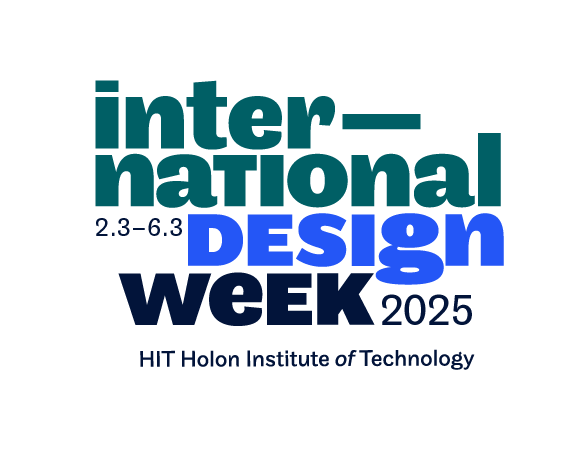In his book, Homo Deus: A Brief History of Tomorrow, published in 2015, Yuval Noah Harari claims that we are on the precipice of an age in which pandemics, hunger, and mega-wars cease to be an existential threat for humankind. In light of that, the human race must put the enhancement of mankind’s abilities and quality of life, alongside emergency actions for confronting the climate crisis, at the top of its priority list. Now, five years after Harari’s book was published, we find ourselves in a situation where an invisible virus has upended our lives and left us dumbfounded with no regard for religion, race, or gender.
With no one towards whom we can turn a blaming eye, we find ourselves having to cover our faces, distancing ourselves from our loved ones, disconnecting from our surroundings, and watching the bridges that we’ve built along the years crumble and fall under our gaze. We adopt a new lifestyle that colors our yesterday with nostalgia, while our passion for advancement and innovation is replaced by the simple hope for a familiar anchor we can hold on to. In the current reality, social distancing and isolation have become collective challenges we all must face. Spaces that were teeming with life have turned into white elephants, the home has become the workplace and the classroom, and the public sphere has been channeled narrowly through fiber optic cables that are not visible to us. The “new normal” that we are currently experiencing sways violently from one extreme to another, and processes over which existential uncertainty reigns are accelerated, magnified, becoming a twisted type of norm.
The Faculty of Design at HIT will host an international workshop week,
18– 22 of April (Sunday to Thursday), that will focus on the challenges designers have to face in the current situation. Guest lecturers from academic institutions abroad will be invited to lead workshops (via video conference) aimed at exploring and bringing together different points of view on contemporary reality, a reality that is redefining the connections between local and global, near and far.
By referring to designing for an “extreme norm”, we intend to explore, within the boundaries of the workshops, the viability of some of the systems we have become accustomed to so far. We seek to offer strategies to safeguard the resilience of the systems that make up our current living environment, as well as to view the current situation as an opportunity to develop new design practices. We propose that our ability to cope with a reality of extreme situations will grow stronger as long as we have the wisdom to view our daily lives through a multi-layered prism rather than a one-dimensional lens; that we design multi-purpose spaces and objects; combine different use-cases, explore new formats of communication; and produce multi-purpose tools and multi-disciplinary modes of thought that will allow us to adapt to new situation at a faster pace, or alternatively, to speculate about possible future realities that we are yet to experience.
Throughout this week will address the following topics:
Design for extreme conditions
Distancing and reconnecting
Replacing the physical presence
Designing for an unpredictable reality
Living on the edge
Designing flexible / adaptive systems
Design for multi functionality
Real-time data based design / reaction-time based design
Private and public in the age of social distancing
Autonomous systems for normative extremes
Filtering as the new state of conduct
Design for the Anthropocene
Coexistence — collaborating dissimilarities
Design for responsibility and solidarity
Resilience and recovery systems
Design for optimism
